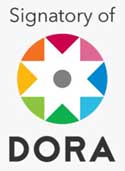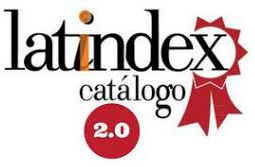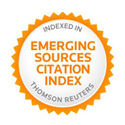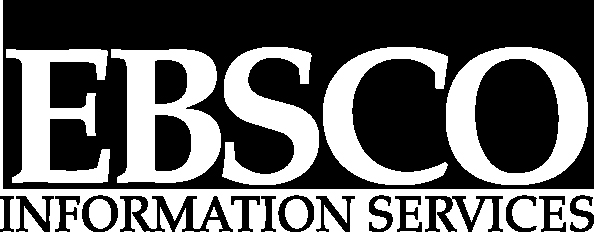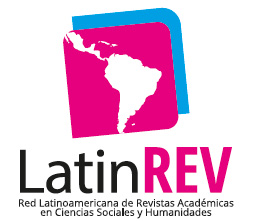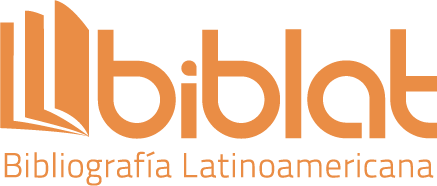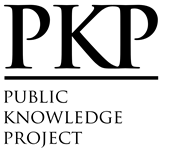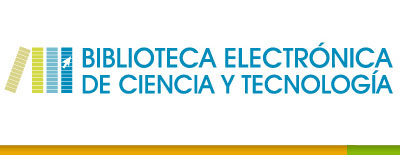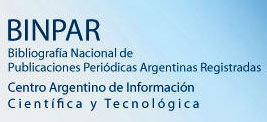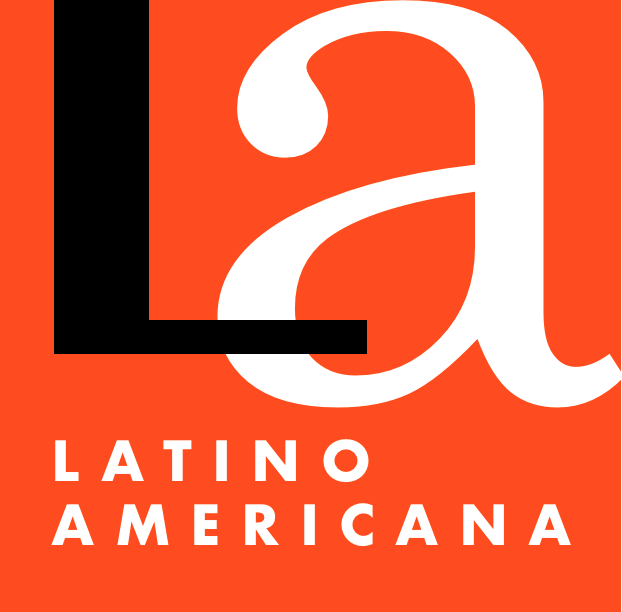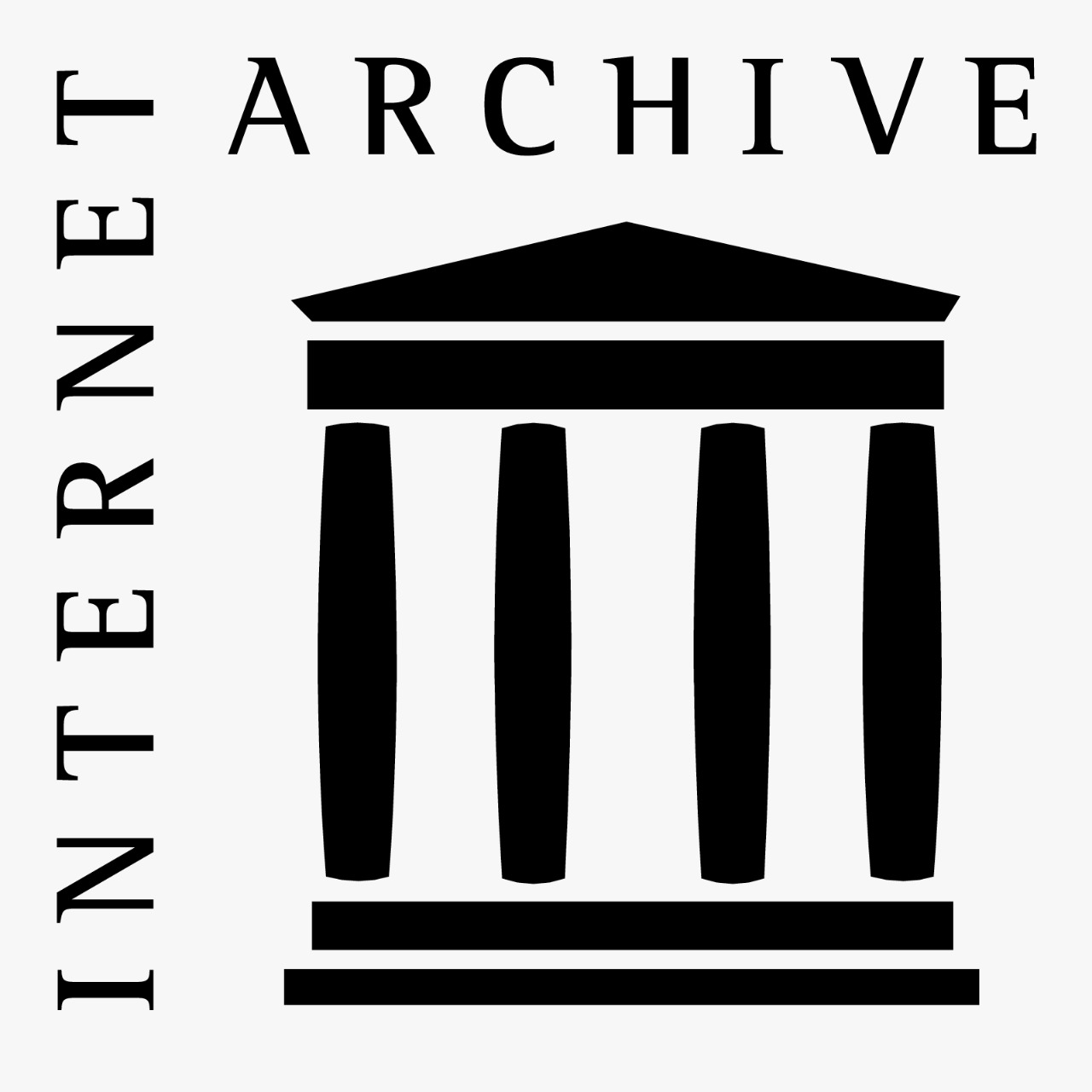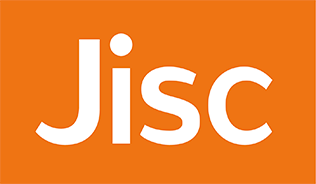Revisión sobre el rol del profesional de relaciones públicas
DOI:
https://doi.org/10.26422/aucom.2017.0602.arzPalabras clave:
rol profesional, relaciones públicas, comunicación organizacional, tipología de rolesResumen
Este artículo parte de los enfoques profesionales en los estudios de las relaciones públicas y da cuenta de las diferentes tipologías y formas de concebir el rol profesional, desde las primeras investigaciones sobre este campo disciplinar, con los estudios de Glen M. Broom y David M. Dozier en la década de 1980, hasta la actualidad, en que los cambios tecnológicos y el contexto mundial generan nuevas expectativas para el desempeño de este rol. La revisión se enmarcó en las publicaciones científicas de la colección principal de Web of Science que fueron clasificadas según su enfoque fuera sobre el desempeño del rol de los profesionales, sobre la situación en la que se desempeña el rol, o sobre la dinámica de los roles profesionales. En este trabajo se concluye que la mayoría de las tipologías sobre el rol del profesional de las relaciones públicas se basa en las declaraciones de los profesionales sobre las actividades desempeñadas y sobre las funciones o aportes del rol a las organizaciones. Entre los asuntos que atiende la literatura sobre el rol del profesional de las relaciones públicas predominan: las tensiones entre el rol del profesional de las relaciones públicas y el periodista; la discriminación según el sexo del profesional; las propuestas de tipologías de rol, y la descripción de las competencias y habilidades que se requieren para el desempeño del rol.
Descargas
Referencias
Algren, M., & Eichhorn, K. C. (2007). Cognitive communication competence within public relations practitioners: Examining gender differences between technicians and managers. Public Relations Review, 33, 77-83. doi: https://doi.org/10.1016/j.pubrev.2006.11.010.
Alikilic, O., & Atabek, U. (2012). Social media adoption among Turkish public relations professionals: A survey of practitioners. Public Relations Review, 38(1), 56-63. doi: https://doi.org/10.1016/j.pubrev.2011.11.002.
Argyris, C. (1961). Explorations in Consulting-Clients Relationships. Human Organization, 20(3), 121-133. doi: https://doi.org/10.17730/humo.20.3.62kj82j7u834tk40.
Berkowitz, D., & Hristodoulakis, I. (1999). Practitioner Roles, Public Relations Education, and Professional Socialization: An Exploratory Study. Journal of Public Relations Research, 11(1), 91-103. doi: https://doi.org/10.1207/s1532754xjprr1101_04.
Berkowitz, D., & Lee, J. (2004). Media relations in Korea: Cheong between journalist and public relations practitioners. Public Relations Review, 30(4), 431-437. doi: https://doi.org/10.1016/j.pubrev.2004.08.011.
Botan, C. H., & Taylor, M. (2004). Public Relations: State of the Field. Journal of Communication, 54(4), 645-661. doi: https://doi.org/10.1111/j.1460-2466.2004.tb02649.x .
Broom, G. M., & Smith, G. D. (1979). Testing the Practitioners’s Impact on Clients. Public Relations Review, 5(3), 47-59. doi: https://doi.org/10.1016/S0363-8111(79)80027-2.
Broom, G., & Dozier, D. (1986). Advancement for public relations role models. Public Relations Review, 12(1), 37-56. doi: https://doi.org/10.1016/S0363-8111(86)80039-X .
Brown, K. A., White, C., & Waymer, D. (2011). African-American students’ perceptions of public relations education and practice: implications for minority recruitment. Public Relations Review, 4(5), 522-529. doi: https://doi.org/10.1016/j.pubrev.2011.09.017.
Callison, C., Merle, P. F., & Seltzer, T. (2014). Smart friendly liars: Public perception of public relations practitioners over time. Public Relations Review, 40(5), 829-831. doi: https://doi.org/10.1016/j.pubrev.2014.09.003.
Castillo Esparcia, A. (2009). Relaciones Públicas. Teoría e historia. Barcelona, España: UOC.
Chen, Y.-N. K. (2011). Social capital, human capital, and career success in public relations in Taiwan. Chinese Journal of Communication, 4(4), 430-449. doi: https://doi.org/10.1080/17544750.2011.616290.
Cutlip, S. M., & Center, A. H. (1971). Effective Public Relations (4 ed). Englewood Cliffs, NJ: Prentice Hall.
DeSanto, B., & Moss, D. (2005). Rediscovering what PR managers do: Rethinking the measurement of managerial behavior in the public relations context. Journal of Communication Management, 9(2), 179-196. doi: https://doi.org/10.1108/13632540510621371.
DeSanto, B., Moss, D., & Newman, A. (2007). Building an Understanding of the Main Elements of Management in the Communication/Public Relations Context: A Study of U. S. Practitioners’ Practices. J&MC Quarterly, 84(3), 439-454. doi: https://doi.org/10.1177/107769900708400303.
Dodd, M. D., Brummette, J., & Hazleton, V. (2015). A social capital approach: An examination of Putnam´s civic engagement and public relation roles. Public Relations Review, 41(4), 472-479. doi: https://doi.org/10.1016/j.pubrev.2015.05.001.
Dozier, D. M. (1984). Program Evaluation and the roles of practitioners. Public Relations Review, 10(2), 13-21. doi: https://doi.org/10.1016/S0363-8111(84)80002-8.
Dozier, D. M. (1985). Planning and Evaluation in PR Practice. Public Relations Review, 11(2), 17-25. doi: https://doi.org/10.1016/S0363-8111(82)80115-X .
Dozier, D. M., & Broom, G. M. (1995). Evolution of the manager role in public relations practice. Journal of Public Relations Research, 7(1), 3-26. doi: https://doi.org/10.1207/s1532754xjprr0701_02.
Dozier, D. M., & Broom, G. M. (2006). The Centrality of Practitioner Roles to Public Relations Theory. En C. H. Botan, & V. Hazleton, Public Relations Theory II (pp. 137-170). New York, NY: Routledge.
Ferguson, M. A. (1984). Building theory in public relations: Interorganizational relationships as public relations paradigm. Annual Conference of the Association for Education in Journalism and Mass Communication. Gainesville, FL.
Frohlich, R., Koch, T., & Obermaier, M. (2013). What´s the harm in moonlighting? A qualitative survey on the role conflicts of freelance journalists with secondary employment in the field of PR. Media, Culture & Society, 35(7), 809-829. doi: https://doi.org/10.1177/0163443713495076.
Gregory, A. (2008). Competencies of senior communication practitioners in the UK: An initial study. Public Relations Review, 34, 215-223. doi: https://doi.org/10.1016/j.pubrev.2008.04.005.
Gregory, A. (2015). Practitioner-leaders’ representation of roles: The Melbourne Mandate. Public Relations Review, 41(5), 598-606. doi: https://doi.org/10.1016/j.pubrev.2014.02.030.
Grunig, J. E. (1992). Excellence in public relations and communication management. Hillsdale, NJ: Lawrence Erlbaum.
Grunig, J. E., & Huang, Y. H. (2000). From organizational effectiveness to relationship indicators: Antecedents of relationships, public relations strategies, and relationship outcomes. En J. A. Ledingham, & S. D. Bruning, Public relations as relationship management: A relational approach to the study and practice of public relations (pp. 23-53). Hillsdale, NJ: Erlbaum.
Grunig, J. E., & Hunt, T. (1984). Managing public relations (Dirección de relaciones públicas). New York, NJ: Holt, Rinehart & Winston.
Guth, D. (1995). Organizational crisis experience and Public-Relations roles. Public Relations Review, 21(2), 123-136. doi: https://doi.org/10.1016/0363-8111(95)90003-9.
Ha, J. H., & Ferguson, M. A. (2015). Perception discrepancy of public relations functions and conflict among disciplines: South Korean public relations versus marketing professionals. Journal of Public Relations Research, 27(1), 1-21. doi: https://doi.org/10.1080/1062726X.2014.924838.
Han, J. Y., Hyun, S., & Jeong, H. (2013). Individual and organizational antecedents of professional ethics of public relations practitioners in Korea. Journal of Business Ethics, 116(3), 553-566. doi: https://doi.org/10.1007/s10551-012-1480-6.
Heath, R., Leth, S., & Nathan, K. (1994). Communicating services quality improvement-Another role for Public-Relations. Public Relations Review, 20(1), 29-39. doi: https://doi.org/10.1016/0363-8111(94)90112-0.
Hu, Y., & Pang, A. (2016). Public relations practitioner’s perception of the use of crisis response strategies in China. Public Relations Review, 42(2), 333-335. doi: https:// doi.org/10.1016/j.pubrev.2016.02.006.
Hutton, J. (1999). The definition, dimensions and domains of public relations. Public Relations Review, 25(2), 199-214. doi: https://doi.org/10.1016/S0363-8111(99)80162-3.
Jiang, H., & Shen, H. (2013). Toward a theory of public relations practitioners’ own conflict: work versus life. Journal of Public Relations Research, 25, 259-279. doi: https://doi.org/10.1080/1062726X.2013.788446.
Kang, J.-A. (2010). Ethical conflict and job satisfaction of public relations practitioners. Public Relations Review, 36(2), 152-156. doi: https://doi.org/10.1016/j.pubrev.2009.11.001.
Kiambi, D. M., & Nadler, M. K. (2012). Public relations in Kenya: An exploration of models and cultural influences. Public Relations Review, 38(3), 505-507. doi: https://doi.org/10.1016/j.pubrev.2012.01.007.
Kim, S.-Y., & Reber, B. H. (2015). Public relations’ place in corporate social responsibility: Practitioners define their role. Public Relations Review, 34(4), 337-342. doi: https://doi.org/10.1016/j.pubrev.2008.07.003.
Kim, Y., & Bae, J. (2006). Korean practitioners and journalists: Relational influences in news selection. Public Relations Review, 32(3), 241-245. doi: https://doi.org/10.1016/j.pubrev.2006.05.016.
Kim, Y., & Kim, S.-Y. (2010). The influence of cultural values on perceptions of corporate social responsibility: Application of Hofstede’s dimensions to Korean public relations practitioners. Journal of Business Ethics, 91(4), 485-500. doi: https://doi.org/10.1007/s10551-009-0095-z .
Krohling Kunsch, M. M., & Nassar de Oliveira, P. R. (2009). The relationship between the academy and professional organizations in the development of organizational communication. Management Communication Quarterly, 22(4), 655-662. doi: https://doi.org/10.1177/0893318909332276.
L´Etang, J. (2009). Relaciones públicas: conceptos, práctica y crítica. Barcelona, España: UOC (primera edición en inglés 2008, Sage).
Lauzen, M. (1992). Public relations roles, intraorganizational power, and encroachment. Journal of Public Relations Research, 4(2), 61-80. doi: https://doi.org/10.1207/s1532754xjprr0402_01.
Le Roux, T. (2014). The description of South African corporate communication practitioners that contribute to organisational performance. Public Relations Review, 40(2), 193-215. doi: https://doi.org/10.1016/j.pubrev.2013.11.008.
Lee, N. M., Sha, B.-L., Dozier, D. M., & et al. (2015). The role of new public relations practitioners as social media experts. Public Relations Review, 41(3), 411-413. doi: https://doi.org/10.1016/j.pubrev.2015.05.002.
Leichty, G., & Springston, J. (1993). Reconsidering public relations models. Public Relations Review, 19(4), 327-339. doi: https://doi.org/10.1016/0363-8111(93)90055-H .
Leichty, G., & Springston, J. (1996). Elaborating public relations roles. Journalism and Mass Communication Quaterly, 73(2), 467-477. doi: https://doi.org/10.1177/107769909607300215.
Li, C., Cropp, F., Sims, W., & Jin, Y. (2012). Perceived professional standards and roles of public relations in China: Through the lens of Chinese public relations practitioners. Public Relations Review, 38(5), 704-710. doi: https://doi.org/10.1016/j.pubrev.2012.05.001.
Lin, S., & Chaidaroon, S. (2016). Developing a Preliminary Model of Situational PR Leadership: Empirical Evidence from Singapore. Asia Pacific Public Relations Journal, 17(2), 28-45. Recuperado de http://novaojs.newcastle.edu.au/apprj/index.php/apprj/article/view/79.
Liu, B. F., Horsley, J. S., & Levenshus, A. B. (2010). Government and Corporate Communication Practices: Do the Differences Matter? Journal of Applied Communication Research, 38(2), 189-213. doi: https://doi.org/10.1080/00909881003639528.
Macnamara, J. (2016). The continuing Convergence of Journalism and PR: New Insights for Ethical Practice From a Three-Country Study of Senior Practitioners. Journalism & Mass Communication Quarterly, 93(1), 118-141. doi: https://doi.org/10.1177/1077699015605803.
Mellado, C., & Barría, S. (2012). Development of professional roles in the practice of public relations in Chile. Public Relations Review, 38(3), 446-453. doi: https://doi.org/10.1016/j.pubrev.2012.04.001.
Mellado, C., & Hanusch, F. (2011). Comparing professional identities, attitudes, and views in public communication: A study of Chilean journalists and public relations practitioners. Public Relations Review, 37(4), 384-391. doi: https://doi.org/10.1016/j.pubrev.2011.08.014.
Molleda, J., & Athaydes, A. (2003). Public Relations licensing in Brazil: evolution and the views of professionals. Public Relations Review, 29(3), 271-279. doi: https://doi.org/10.1016/S0363-8111(03)00045-6.
Molleda, J.-C., & Ferguson, M. A. (2004). Public Relations Roles in Brazil: Hierarchy Eclipses Gender Differences. Journal of Public Relations Research, 16(4), 327-351. doi: https://doi.org/10.1207/s1532754xjprr1604_1.
Moreno, A., Navarro, C., Tench, R., & Zerfass, A. (2015). Does social media usage matter? An analysis of online practices and digital media perceptions of communication practitioners in Europe. Public Relations Review, 41(2), 242-253. doi: https://doi.org/10.1016/j.pubrev.2014.12.006.
Moss, D., & Green, R. (2002). Re-examining the manager’s role in public relations: What management and public relations research. Journal of Communication Management, 6(2), 118-132. doi: https://doi.org/10.1108/13632540210806982.
Moss, D., Newman, A., & DeSanto, B. (2005). What Do Communication Managers Do? Defining and Refining the Core Elements of Management in Public Relations/Corporate Communication Context. J&MC Quarterly, 8(4), 873-890. doi: https://doi.org/10.1177/107769900508200408.
Moss, D., Warnaby, G., & Newman, A. (2000). Public relations practitioner role enactment at the senior management level within U.K. companies. Journal of Public Relations Research, 12(4), 277-307. doi: https://doi.org/10.1207/S1532754XJPRR1204_1.
Napoli, P., Taylor, M., & Powers, G. (1999). Writing activities of public relations practitioners: The relationship between experience and writing tasks. Public Relations Review, 25(3), 369-380. doi: https://doi.org/10.1016/S0363-8111(99)00024-7.
Neijins, P., & Smit, E. (2006). Dutch public relations practitioners and journalists: Antagonists no more. Public Relations Review, 32(3), 232-240. doi: https://doi.org/10.1016/j.pubrev.2006.05.015.
Obermaier, M., & Koch, T. (2014). Mind the gap: Consequences of inter-role conflicts of freelance journalists with secondary employment in the field of public relations. Journalism, 16(5), 615-629. doi: https://doi.org/10.1177/1464884914528142.
Penning, T., & Sweetser, K. (2015). Role enactment, employer type, and pursuit of APR. Public Relations Review, 41, 135-137. doi: https://doi.org/10.1016/j.pubrev.2014.11.016.
Porter, L. V., & Shallot, L. M. (2003). The Internet and public relations: investigating practitioners’ roles and World Wide Web use. Journalism & Mass Communication Quarterly, 80(3), 603-622. doi: https://doi.org/10.1177/107769900308000308.
Powell, M., & Pieczka, M. (2016). Understanding learning in senior public relations practices. From boundary spanning to boundary dwelling. Journal of Communication Management, 20(4), 312-327. doi: https://doi.org/10.1108/JCOM-11-2015-0093.
Sallot, L. M., Porter, L., & Acosta-Alzuru, C. (2004). Practitioners’ web use and perceptions of their own roles and power: A qualitative study. Public Relations Review, 30(3), 269-278. doi: https://doi.org/10.1016/j.pubrev.2004.05.002.
Sallot, L., Cameron, G., & Lariscy, R. (1997). Professional standards in public relations: A survey of educators. Public Relations Review, 23(3), 194-216. doi: https://doi.org/10.1016/S0363-8111(97)90032-1.
Schein, E. H. (1969). Process consultation: It´s role in organization development. Reading, MA: Addison-Wesley.
Sha, B., & Toth, E. (2005). Future professionals’ perceptions of work, life, and gender issues in public relations. Public Relations Review, 31(1), 93-99. doi: https://doi.org/10.1016/j.pubrev.2004.09.004.
Sha, B.-L. (2011). Accredited vs. non-accredited: The polarization of practitioners in the public relations profession. Public Relations Review, 37(2), 121-128. doi: https://doi.org/10.1016/j.pubrev.2011.02.003.
Shin, J., & Cameron, G. (2004). Conflict measurements: analysis of simultaneous inclusion in roles, values, independence, attitudes, and dyadic adjustment. Public Relations Review, 30, 401-410. doi: https://doi.org/10.1016/j.pubrev.2004.08.001.
Shin, J., Park, J., & Cameron, G. (2006). Contingent factors: Modeling generic public relations practice in South Korea. Public Relations Review, 32(2), 184-185. doi: https://doi.org/10.1016/j.pubrev.2006.02.015.
Shin, J.-H., Lee, J., & Park, J. (2012). Perceptual dynamics of pluralistic ignorance and social distance: public relations practitioners and journalists in South Korea. Asian Journal of Communication, 22(1), 19-43. doi: https://doi.org/10.1080/01292986.2011.622773.
Spicer, C. (1991). Communication functions performed by public relations and marketing Practitioners. Public Relations Review, 17(3), 293-305. doi: https://doi.org/10.1016/0363-8111(91)90024-F .
Supa, D. W. (2016). Do you see what I see? An examination of perceptions between advertising and public relations professionals. Public Relations Review, 42(3), 408-417. doi: https://doi.org/10.1016/j.pubrev.2016.02.007.
Sweep, D., Cameron, G. T., & Weaver-Lariscy, R. (1994). Rethinking constraints on public relations practice. Public Relations Review, 20(4), 319-331. doi: https://doi.org/10.1016/0363-8111(94)90093-0.
Todd, V. (2014). Public relations supervisors and Millennial entry-level practitioners rate entry-level job skills and professional characteristics. Public Relations Review, 40(5), 789-797. doi: https://doi.org/10.1016/j.pubrev.2014.05.002.
Toledano, M. (2010). Professional competition and cooperation in the digital age: A pilot study of New Zealand practitioners. Public Relations Review, 36(3), 230-237. doi: https://doi.org/10.1016/j.pubrev.2010.04.009.
Toth, E. L. (1988). Making peace with gender issues in public relations. Public Relations Review, 14(3), 36-47. doi: https://doi.org/10.1016/S0363-8111(88)80046-8.
Toth, E., Serini, S., Wright, D., & Emig, A. (1998). Trends in public relations roles: 1990-1995. Public Relations Review, 24(2), 145-163. doi: https://doi.org/10.1016/S0363-8111(99)80048-4.
Ulloa, C., Apolo, D., & Villalobos, J. (2015). Aproximación conceptual a la comunicación corporativa: retos y propuestas. Austral Comunicación, 4(2), 287-301. Recuperado de http://www.austral.edu.ar/ojs/index.php/australcomunicacion/article/view/137.
Van Gorp, B., & Pauwels, L. (2007). Positioning and role of public relations in large Belgian organizations. Public Relations Review, 33(3), 301-305. doi: https://doi.org/10.1016/j.pubrev.2007.05.010.
Van Ruler, B. (2004). The communication grid: an introduction of a model of four communication strategies. Public Relations Review, 30(2), 123-143. doi: https://doi.org/10.1016/j.pubrev.2004.01.002.
Van Ruler, B., Verčič, D., Bütschi, G., & Flodin, B. (2001). On the definition of public relations: a European view. Public Relations Review, 27(4), 373-387. doi: https://doi.org/10.1016/S0363-8111(01)00095-9.
Van Ruler, B., Verčič, D., Bütschi, G., & Flodin, B. (2004). A first look for parameters of public relations in Europe. Journal of Public Relations Research, 16(1), 35-63.doi: https://doi.org/10.1207/s1532754xjprr1601_2.
Vasquez, G., & Taylor, M. (1999). What cultural values influence American public relations practitioners? Public Relations Review, 25(4), 433-449. doi: https://doi.org/10.1016/S0363-8111(99)00030-2.
Verčič, A. T., & Colić, V. (2016). Journalists and public relations specialists: A coorientational analysis. Public Relations Review, 42(4), 522-529. doi: https://doi.org/10.1016/j.pubrev.2016.03.007.
Vieira Jr, E. T., & Grantham, S. (2014). Defining public relations roles in the U.S.A. using cluster analysis. Public Relations Review, 40(1), 60-68. doi: https://doi.org/10.1016/j.pubrev.2013.11.021.
Wolf, K. (2016). Diversity in Australian Public Relations: an exploration of practitioner perspectives. Asia Pacific Public Relations Journal, 17(2), 62-77. Recuperado de http://novaojs.newcastle.edu.au/apprj/index.php/apprj/article/view/66.
Xifra, J. (2011). Manual de Relaciones Públicas e institucionales. Madrid, España: Tecnos.
Yaxley, H. (2013). Career experiences of women in British public relations (1970-1989). Public Relations Review, 39(2), 156-165. doi: https://doi.org/10.1016/j.pubrev.2013.03.009.
Yeo, S. L., & Sriramesh, K. (2009). Adding value to organizations: An examination of the role of senior public relations practitioners in Singapore. Public Relations Review, 35(4), 422-425. doi: https://doi.org/10.1016/j.pubrev.2009.08.003.
Descargas
Publicado
Número
Sección
Licencia
Los autores conservan los derechos de autor y garantizan a la revista el derecho de ser la primera publicación del trabajo. En caso de que puedan publicar en otra revista una traducción del artículo ya publicado en Austral Comunicación, se pide dejar constancia en la versión traducida sobre la publicación original.
La licencia utilizada es CC BY-NC-SA, que permite compartir (copiar y redistribuir el material en cualquier medio y formato) y adaptar (remezclar, transformar y construir sobre el material) bajo los siguientes términos: atribución (reconocer la autoría) y no comercial (no se puede utilizar el material para fines comerciales). Actualización: 1 de febrero de 2022.
Austral Comunicación permite al autor(es) retener los derechos de publicación sin restricciones.

